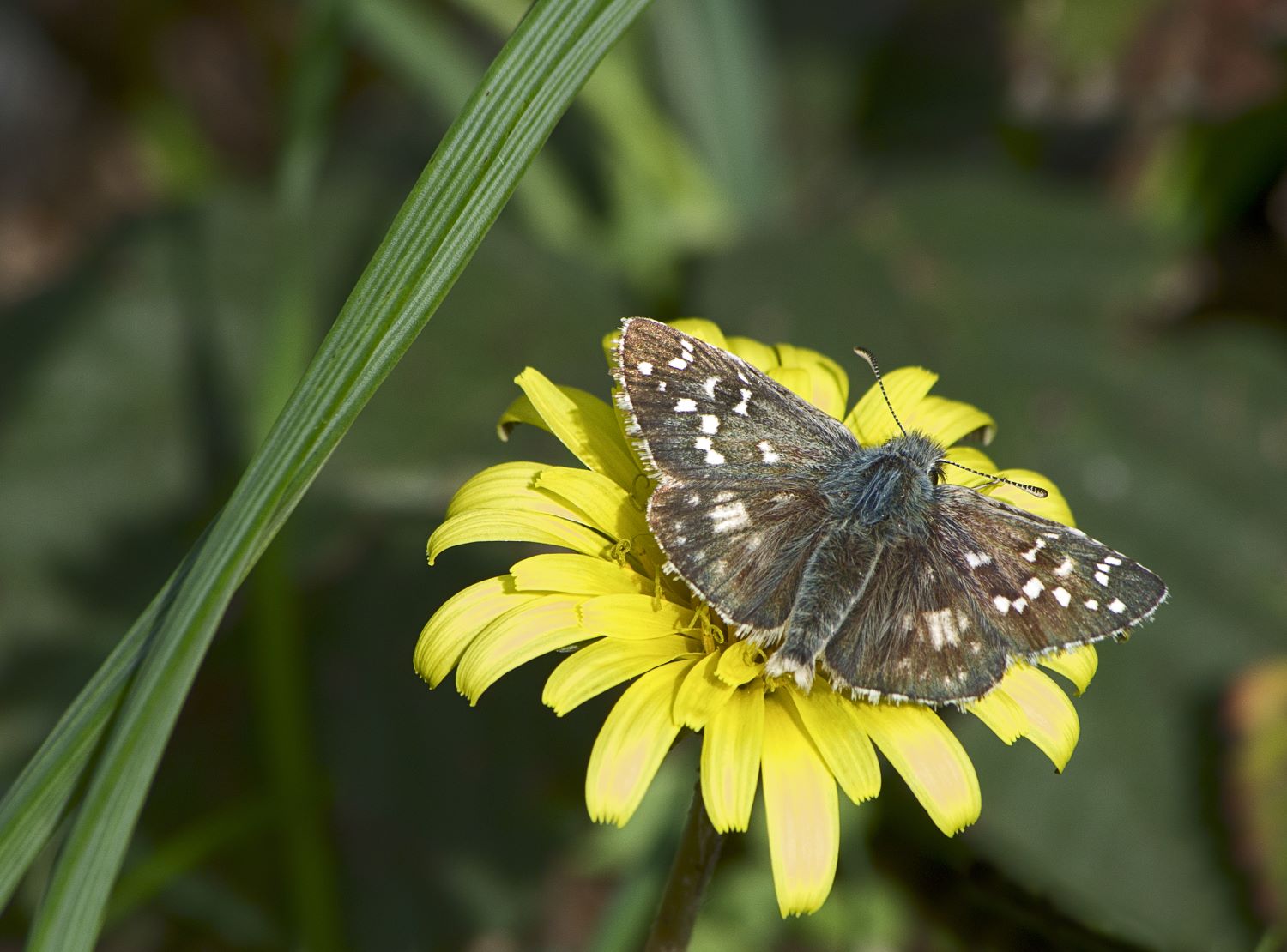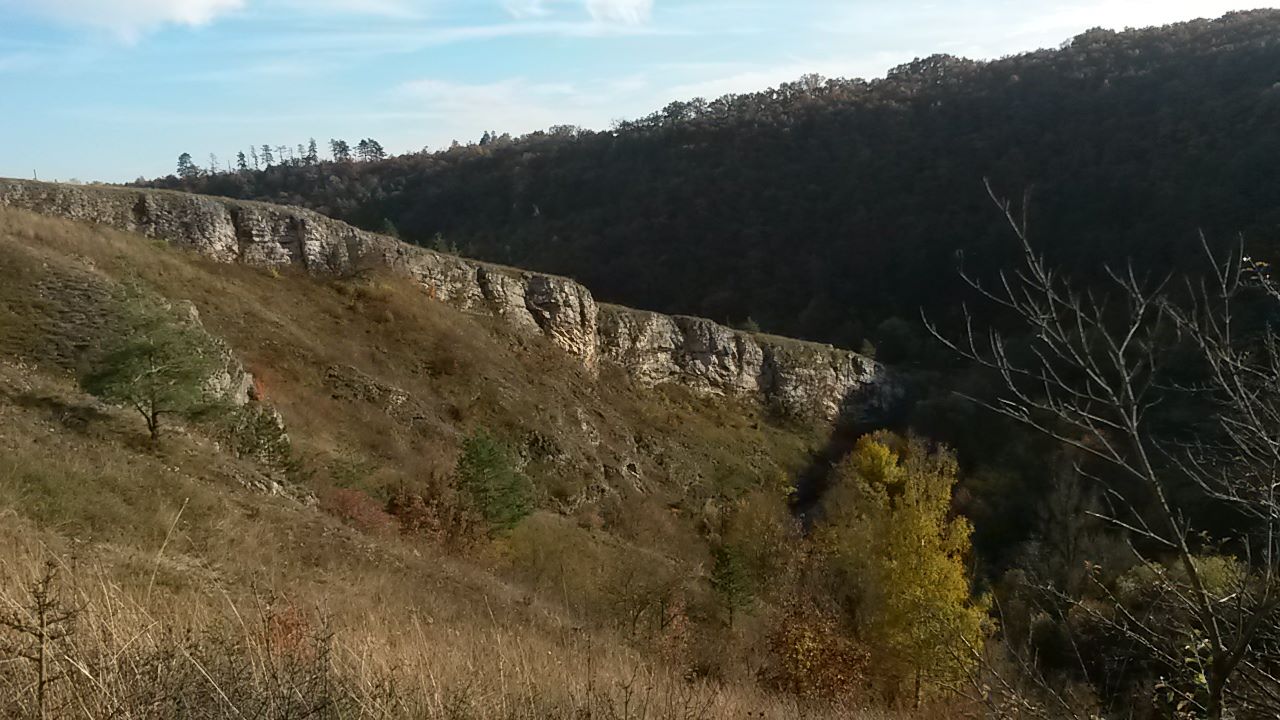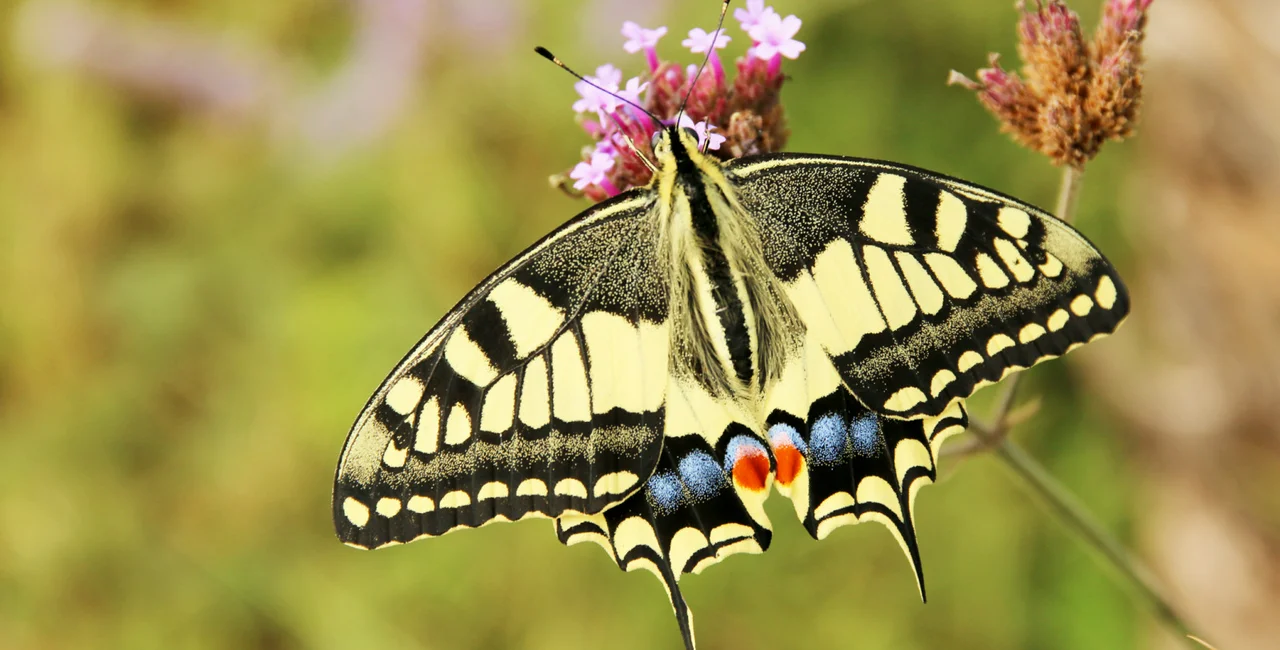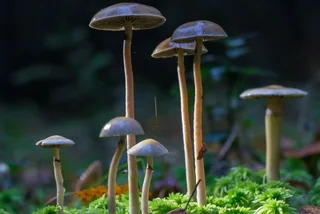Rare butterflies have been returning to the southwestern part of Prague, thanks to conservation practices using goats and sheep to graze the once overgrown fields.
The critically endangered grayling as well as the Oberthür’s grizzled skipper, high brown fritillary, old world swallowtail and scarce swallowtail have made a big comeback. Equally important, plant life that is indigenous to area is also returning. This includes small pasque flower, white dittany and St Bernard’s lily.
PARTNER ARTICLE
These and many other species of butterflies, small animals and drought-loving plants are slowly, but surely, returning to Radotínské údolí (Radotín Valley), which is part of a larger ecosystem called the Bohemian Karst.
This ecosystem had been increasingly endangered by gradually accelerating overgrowth of some types of plants. The abundance of many other species had declined. Some species of butterflies, such as the dusky meadow brown and the hermit, have unfortunately have already been extirpated — made extinct locally.

The reason for the decline of the ecosystem was the abandonment of the traditional ways of managing the plants and wildlife, according to the Czech Union for Nature Conservation (ČSOP).
Conservationists decided to step in. They founded an association called Pražská pastvina, which and as part of its activities began to look after Radotínské údolí.
They carried out the first activities in Radotínské údolí in 2016, which led to improved conditions for rare local species. Fields were mowed, and overgrown trees and the associated shrubs were cut buck to allow more light.
Starting in 2017, grazing by goat and sheep grazing was introduced, which led to the improvement of the local grasslands. The city of Prague in general has been reducing the amount of agricultural chemicals used on public lands and switching to more natural conservation methods.
The overall amount of plant growth in Radotínské údolí decreased, while the proportion of valuable species of plants increased, especially tassel grape hyacinth, inula hirta and Hungarian thyme.
After many years, the adonis blue butterfly was found there again, and the number of red-winged grasshoppers and macaronius owlflies have increased.
One of the goals for maintaining this location is to save the local population of the critically endangered grayling butterflies, which are among the most endangered species that have survived at the location. It is a so-called umbrella species, so if it can be saved, it is likely that many other other less conspicuous species will be saved with it.

The efforts so far seem to have succeeded. In 2017, only two sightings of graylings were recorded, in 2018 there were already 12, and in the 2019 season it was possible to see 20 in a single day.
Due to the fact that most of the tree trimmings have already been made and the vegetation conditions on the meadows have stabilized due to grazing, it is now sufficient to ensure maintenance only by regular grazing with occasional cuttings of rejuvenating trees. In the future, there will be an effort to improve local conditions so that it will be possible to return species that have already become extinct been extirpated.
Projects for the restoration of steppe communities in Radotín were supported in the diversity program of the ČSOP, The general partner of this program is the forestry firm Lesy České republiky, and the program is further co-financed by the Czech Ministry of the Environment and the Ivan Dejmal Foundation.












 Reading time: 3 minutes
Reading time: 3 minutes 























